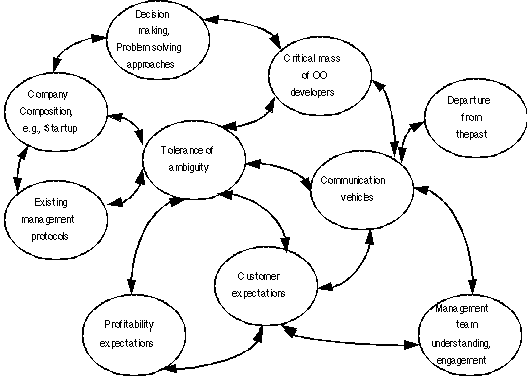
"Sustained great results depend upon building a culture full of self-disciplined people who take disciplined action, fanatically consistent with the three circles", this is from "Good To Great" by Jim Collins. I feel that since this is my last blog on matters such as this, I should give credit to the book that has granted be great insight into what i feel a leader should be most concerned with. Being a Leadership and Social Changer minor here at Virginia Polytechnic Institute and State University I feel that we are all leaders in one way or another. In being involved with the Residential Leadership Program here at the University all of our classes consist of good leaders, it is the great leaders that stand out.
In reference to the quote from the beginning of the blog Nucor's three circles make sense of the Hedgehog concept. These are the three main factors that attribute to the great success of a company or an idea; it can even be related to personal goals. "Passion, Could become the best in the world, and Economic denominator" are the three circles to which all company/organizational goals can be related. Collins states that "Passion is for eliminating class distinctions and creating an egalitarian meritocracy that aligns management, labor, and financial interests". "Could become the best in the world is to harness culture and technology to produce low-cost products". The last circle is the "Economic denominator which the profit made off of the product". It is my belief that the economic denominator can be changed to the denominator in general, say if the situation or goal desired is personal or for a non-profit organization.
The underlying premise of all of this Hedgehog talk is that it takes a highly disciplined group/organization/ team to succeed! According to Jim Collins in "Good To Great" "Being right means getting the Hedgehog Concept; highly undiversified means investigating fully in those things that fit squarely within the three circles and getting rid of everything else". What he is saying is that in order for a team to succeed it is their job to have the right people working in the right areas. They are not afraid to expel those who do not fit; the success of the team and the project is the ultimate goal. A great team has to be willing to take risks and in order for the main goal to be obtained it is the team's/ team leader's job to make sure the project is not put in jeopardy in any way.
As our final project in the leadership class I am taking this semester it is my groups' job to analyze the operations of an organization here on campus. We have chosen the American Medical Students Association (AMSA). While their membership is up this year, they have had problems with their communication and attendance at meetings. We have taken it upon ourselves to survey the members and interview the leadership for AMSA. From there we are going to give them recommendations as to what they can do to improve their organization. Thus far we have gotten a great response; so it is evident that the members are indeed dedicated and willing to make changes to improve their club. We are going to apply their situation to the Hedgehog concept to allow them the long lasting tools to help them in the long run. This will help the new leadership next year carry on with the changes that need to be made to allow AMSA change from a good organization to a great organization. I have faith that with the enthusiasm of the club and its members they will be able to get things done and allow for the ultimate betterment of the organization.
Check these websites out:




